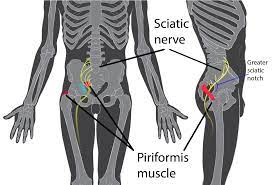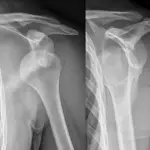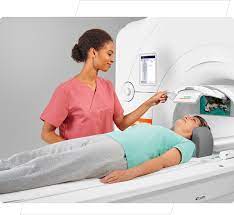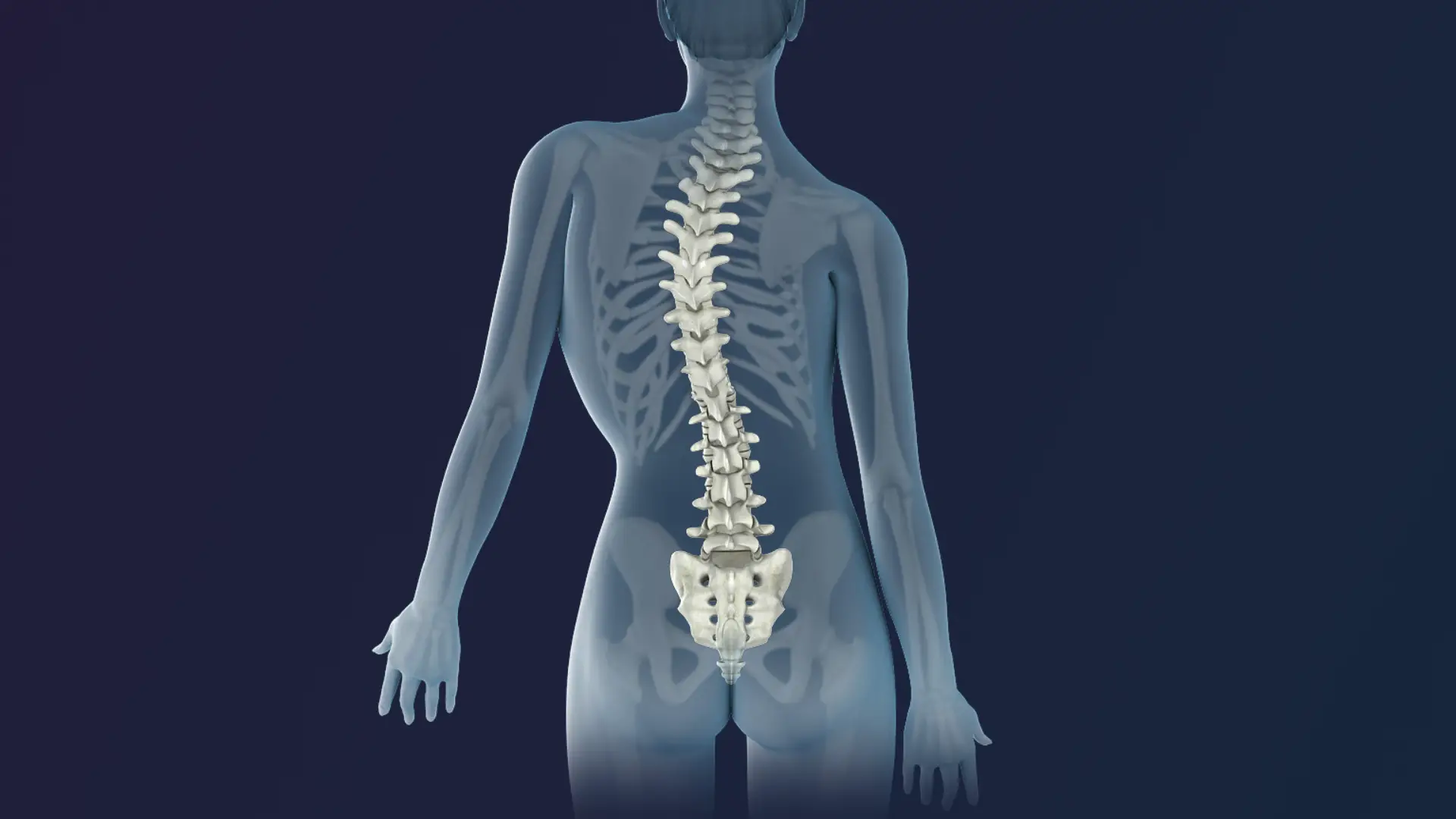Yes, a chiropractor can help with piriformis syndrome. The piriformis muscle is located deep in the gluteal region and can be difficult to target with traditional stretching or massage techniques. Chiropractors are trained to adjust this area of the body and can help relieve tension in the piriformis muscle by helping to properly align the spine.
Additionally, they may use other manual therapy techniques such as soft tissue manipulation, trigger point therapy, or active release technique to reduce pain and tightness associated with piriformis syndrome.
They may also recommend lifestyle changes such as avoiding activities that aggravate the condition, using heat or cold treatments, wearing comfortable shoes, and stretching regularly to help alleviate symptoms of piriformis syndrome.
What Is Piriformis Syndrome?
Piriformis Syndrome is a condition caused by the compression of the sciatic nerve by the piriformis muscle. This muscle can be found at the base of your spine and runs through your hips to connect with your thigh bone.
When this muscle tightens or spasms, it can compress the sciatic nerve, which causes pain, tingling and numbness in the hip, buttocks and down the leg. Piriformis Syndrome can be treated with physical therapy, medications and/or injections depending on its severity.
Epidural steroid injections are often used to reduce inflammation in order to relieve pain associated with Piriformis Syndrome. Surgery may also be recommended for severe cases that do not respond to conservative treatments.
What Causes Piriformis Syndrome?
Piriformis Syndrome is a condition caused by the piriformis muscle, a small but powerful muscle located deep in the buttocks near the top of the hip joint. The condition occurs when the muscle becomes tight or spasms, irritating and sometimes impinging on the sciatic nerve.
This can cause pain, tingling and numbness that radiates from the buttock down to the back of thigh and leg. Other symptoms may include difficulty sitting for long periods of time, pain when you try to rotate your leg outwards, or even pain that travels down the back of your legs. Piriformis Syndrome can be caused by repetitive activities such as running or cycling, or an injury such as a fall or car accident.
It can also be caused by weak abdominal muscles which can lead to poor posture causing tension in your lower back and tightness in your piriformis muscle. Once diagnosed with this condition it is important to take steps to reduce any underlying causes such as stretching regularly and improving posture.

Seek Treatment for Piriformis Syndrome From a Chiropractor
Piriformis Syndrome is a condition that involves the piriformis muscle in the pelvis, and can cause pain in the buttocks, hips, and legs. Seeing a chiropractor for treatment of Piriformis Syndrome can be an effective way to reduce symptoms and discomfort.
A chiropractor will be able to diagnose the cause of Piriformis Syndrome and offer treatment options. Treatment might include manual manipulation, massage therapy, or exercises to strengthen the muscles around the pelvis.
Chiropractic care is considered an effective treatment for Piriformis Syndrome as it targets both the physical causes of pain as well as any underlying mental stress that you might be experiencing. If you are suffering from any symptoms related to Piriformis Syndrome, seeking treatment from a chiropractor is highly recommended for safe and effective relief.
How To Relieve Piriformis Syndrome Pain
Piriformis Syndrome is a common medical condition that can cause pain, numbness and tingling in the buttocks and down the leg. It is caused by irritation of the sciatic nerve by the piriformis muscle.
To relieve the pain associated with Piriformis Syndrome, stretching exercises are recommended to help relax the piriformis muscle and reduce tension. Heat therapy, such as hot water bottles or warm baths, can also be beneficial in relieving Piriformis Syndrome pain. Massage is another great way to relieve Piriformis Syndrome.
Applying pressure to specific spots on the buttocks can help loosen tight muscles, reduce inflammation and alleviate discomfort. Additionally, taking anti-inflammatory medications may help reduce inflammation and decrease pain levels. Finally, it is important to identify any activities or postures that aggravate your symptoms and make modifications accordingly. With these tips, you should be able to find relief from your Piriformis Syndrome pain.
How To Ease Piriformis Syndrome Pain
Piriformis Syndrome is a condition caused by compression of the sciatic nerve due to an overworked or tight piriformis muscle. This can result in pain, burning, tingling, or numbness in the buttocks and lower back area.
To ease Piriformis Syndrome pain one should first start with stretching exercises that target the piriformis muscle. Moreover, foam rolling and massage can be helpful too as they help to release tension in the piriformis muscle.
Additionally, using ice or heat therapy may provide relief from the pain associated with Piriformis Syndrome. Finally, taking anti-inflammatory medications such as ibuprofen can reduce inflammation around the sciatic nerve and promote healing. All these techniques should be used together in order to effectively manage Piriformis Syndrome pain and discomfort.




